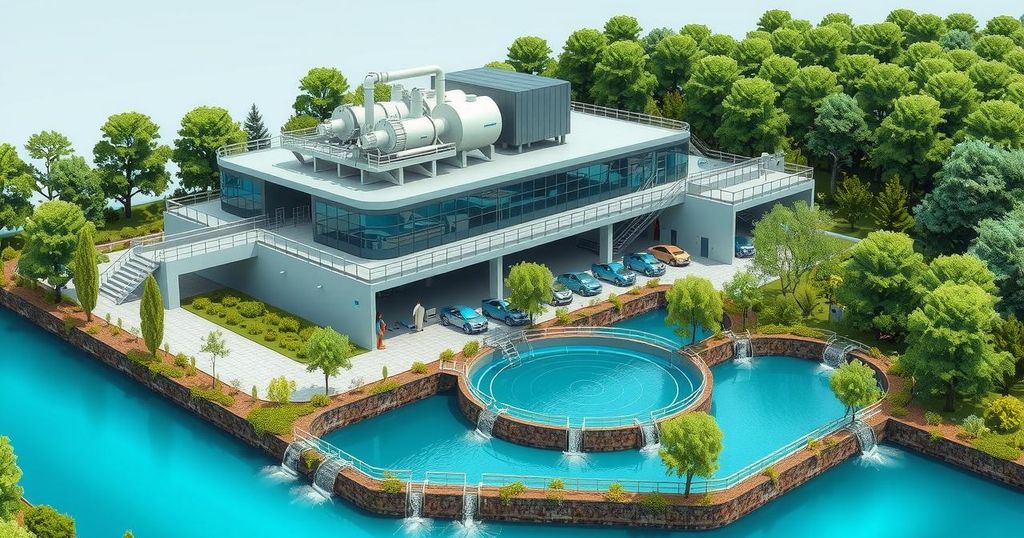Anacortes, Washington: Upgrading Water Treatment Plant for Climate Resilience

Anacortes, Washington is reconstructing its water treatment plant to address vulnerabilities from climate change. The project, costing $56 million, increases capacity and implements flood mitigation strategies while utilizing EPA tools to enhance resilience. Collaborations with non-profits provided valuable climate science insights that shaped the design. This case underscores the critical need for utilities to adapt to changing environmental conditions.
Anacortes, Washington, has initiated a major rebuild of its water treatment plant due to vulnerabilities posed by climate change. This facility, which serves roughly 56,000 residents, recognized the necessity for updates in light of both existing flood risks and expected future climate impacts. The city’s plan was to increase the plant’s capacity from 21.4 million gallons per day (mgd) to 31.5 mgd. Although relocating the plant out of the floodplain was considered in 2008, the high costs led to a decision to rebuild it on the existing site with careful climate considerations in place.
To assess the plant’s vulnerabilities, city officials collaborated with non-profit organizations to analyze relevant climate science, addressing factors such as more frequent storms, saltwater intrusion, and sedimentation increases. Anticipated climate effects through the 2080s identified a broader 100-year floodplain, a projected 350% rise in winter peak sediment loads, and the movement of the saltwater wedge upstream due to rising sea levels. These analyses informed the redesign strategy for the plant.
The rebuild included measures to mitigate flooding risks by: minimizing the foundation’s depth below the current flood elevation; elevating essential electrical equipment beyond flood vulnerability; applying waterproofing methods beneath a 40-foot elevation; and constructing protective ring dikes. This project, with an anticipated cost of $56 million, enhances the facility’s capacity and resilience against climate change-related demands.
To assist utility managers in enhancing facility resilience, several EPA resources are available. The Coastal Inundation Toolkit provides insights into potential sea level rise and storm surge scenarios. Additionally, the Creating Resilient Water Utilities Adaptation Strategies Guide outlines low-cost adaptation strategies suitable for planning purposes. Furthermore, the Climate Resilience Evaluation and Awareness Tool (CREAT) assists in performing comprehensive vulnerability assessments.
Communities facing similar climate challenges include Manchester-by-the-Sea, which examined sea level rise impacts, and Iowa City, which opted to relocate a susceptible wastewater facility. Washington, D.C., employs a variety of strategies, including green infrastructure, to mitigate flooding risks.
For more resources and case studies, references include documents from the Skagit Climate Science Consortium and the Salish Sea Ecosystem Conference, which discuss actionable science for climate adaptation.
The city of Anacortes demonstrates a proactive approach in rebuilding its water treatment plant to combat climate change challenges, incorporating innovative design and resilience strategies. The project underscores the importance of recognizing climate vulnerabilities and utilizing federal resources for effective planning. By investing in adaptive measures, Anacortes aims to secure its water supply and protect its infrastructure against future climatic threats.
Original Source: www.epa.gov






